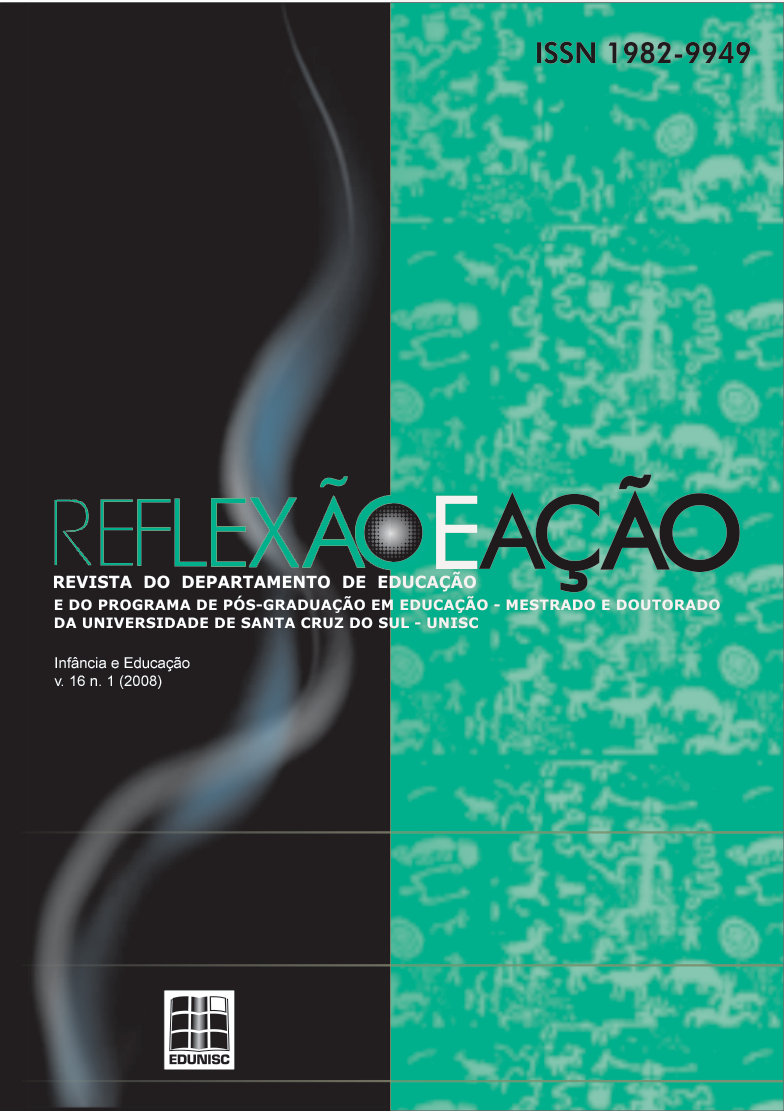THE EDUCATION OF CHILDREN UNDER THREE YEARS OF AGE IN THE SUMMIT OF THE AMERICAS: A RIGHT OR A FAVOR?
DOI:
https://doi.org/10.17058/rea.v16i1.485Keywords:
Educação Infantil, Políticas Públicas, Organismos Internacionais, Políticas compensatórias.Abstract
This text aims to discuss the indications for child education present in the Inter-American Program for Education under the coordination of the Summit of the Americas. For that purpose, analytical reference to Roger Dale’s policies was used and the studies of Shiroma, Campos, and Garcia (2004) were engaged as a methodology for the analysis of documents. Our analyses showed a twofold way for the organization of child education, that is, a curriculum for children under three years of age and another for the education of children aged closer to compulsory education. The curriculum for children under three is organized from two perspectives: the idea of educating their families – promoting child development and the idea of assistance – education oriented to health and nutrition. The lines of action are articulated from two poles: compensatory policies and vulnerable population. When contemplating child education following these perspectives, the Inter-American Program takes it away from the law sphere and ratifies curriculum concepts historically discussed in the area.Downloads
Downloads
Published
How to Cite
Issue
Section
License
The submission of originals to this journal implies on the transference, by the author(s), of the printed and digital publishing rights. The author´s rights to the published articles are the author´s, the journal has the rights over the first publication. The author(s) can only use the same results in other publications, indicating clearly that this journal was the original publisher. Since we are an open access journal, the free use of articles is permitted for educational and scientific applications, as long as they inform the source according with the CC-BY license from Creative Commons.


